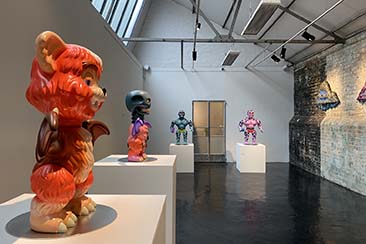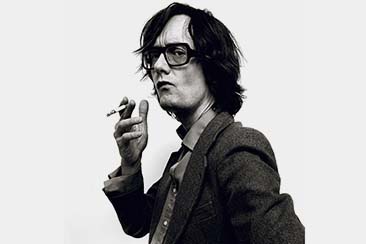London and Pittsburgh – two very different cities in historical terms but places which nonetheless share a common contemporary malady: class divide. In 2012, British photographer Mark Neville was nominated for the Pulitzer Prize for a New York Times Magazine commission documenting the stark contrasts in London society. Shooting with lighting and film stock redolent of the 1980s boom and bust years, he visited a community centre in Tottenham which suffered a small fire and left the children streaked with soot, resembling Dickensian urchins. In contrast, his visit to Bouji’s nightclub and the financial exchanges showed the professional classes as still living the work-hard-play-hard life of excess that characterised the ’80s yuppie.
Neville then travelled to Pittsburgh for the Andy Warhol Museum to examine the social issues in the neighbourhoods of Sewickley and Braddock. Neville found a racial segregation far beyond that of London, but the economic contrasts were strikingly similar. The city was built on steel manufacture, and while the predominantly white ruling class in Sewickley has survived in the post-industrial era, the black neighbourhood of Braddock is plagued by a crack epidemic that began in the ’80s. By investigating the same “scenes” in Pittsburgh as in his London assignment, Neville draws parallels between the two locations, and works from both series have been selected to be exhibited together for a forthcoming show at Alan Cristea Gallery. London/Pittsburgh begins on 21 November and continues until 24 January 2015.
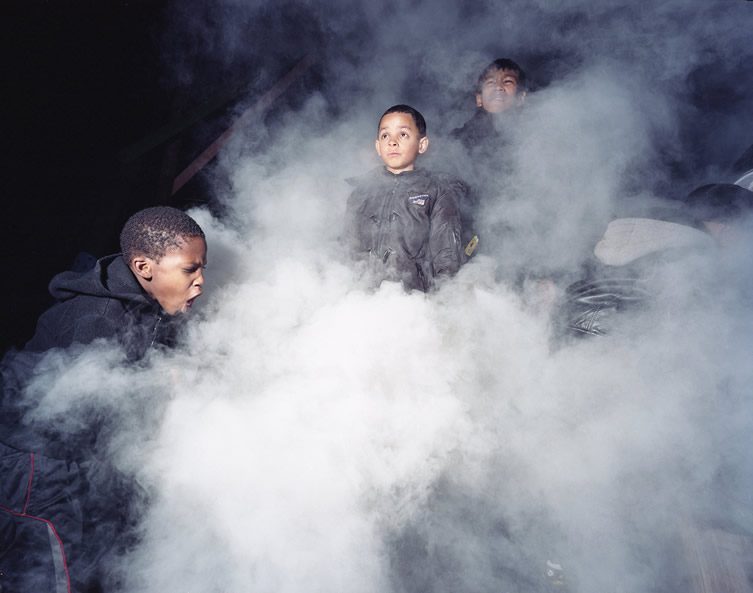
Kids at Somerford Grove Adventure Playground, Tottenham,
put out the barbeque fire, 2011, © Mark Neville,
courtesy of the artist and Alan Cristea Gallery
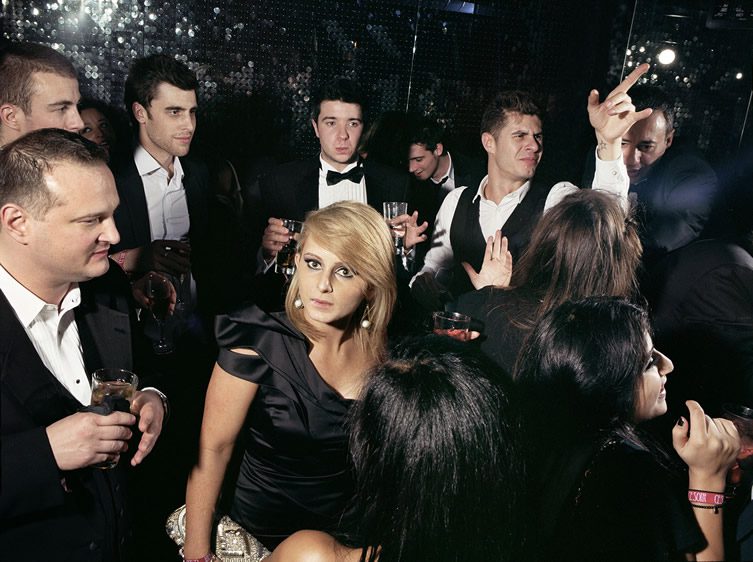
Bankers at Boujis Nightclub, 2011,
© Mark Neville, courtesy of the artist and Alan Cristea Gallery
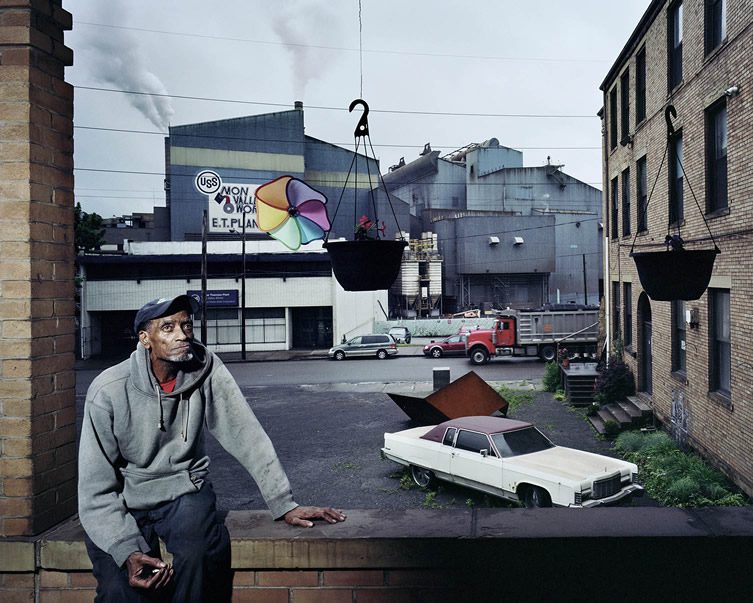
Edgar Thomson Steel Mill, 2012,
© Mark Neville, courtesy of the artist and Alan Cristea Gallery
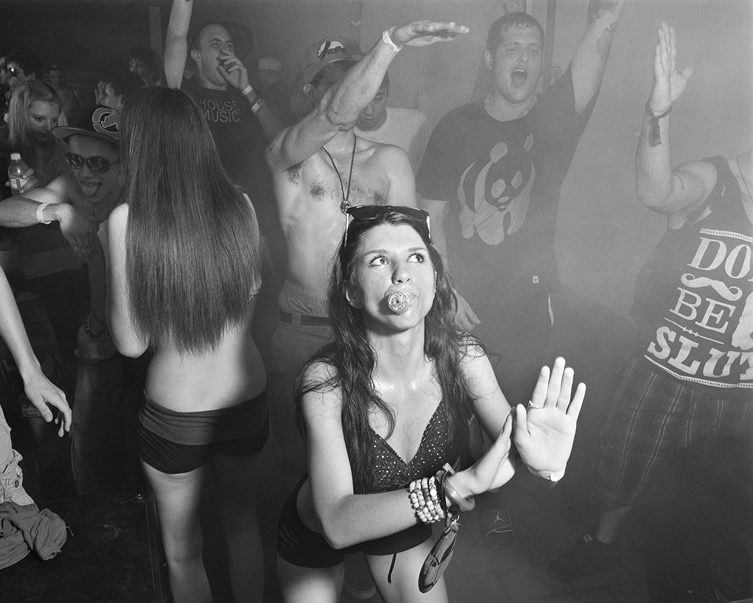
Elkes Lodge Rave, Braddock, 2012,
© Mark Neville, courtesy of the artist and Alan Cristea Gallery
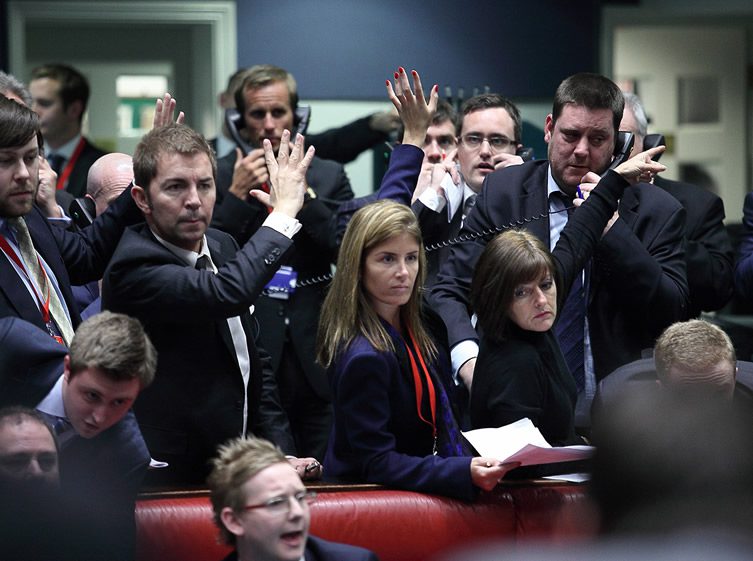
‘London Metal Exchange, 2012,
© Mark Neville, courtesy of the artist and Alan Cristea Gallery
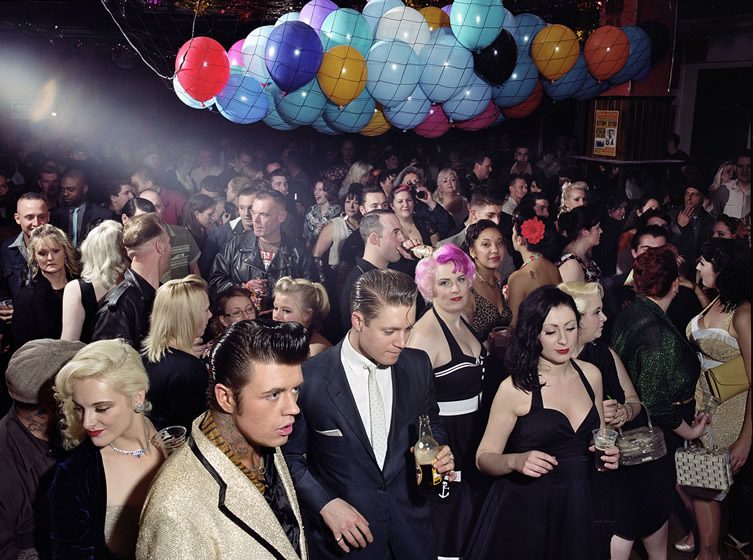
Boston Arms (Rockabilly Club Night), 2012,
© Mark Neville, courtesy of the artist and Alan Cristea Gallery
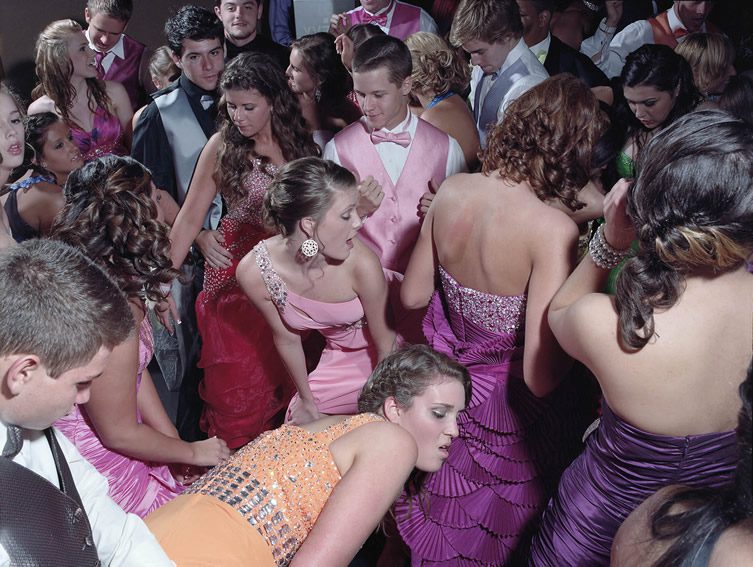
Woodland Hills High School Prom, 2012,
© Mark Neville, courtesy of the artist and Alan Cristea Gallery
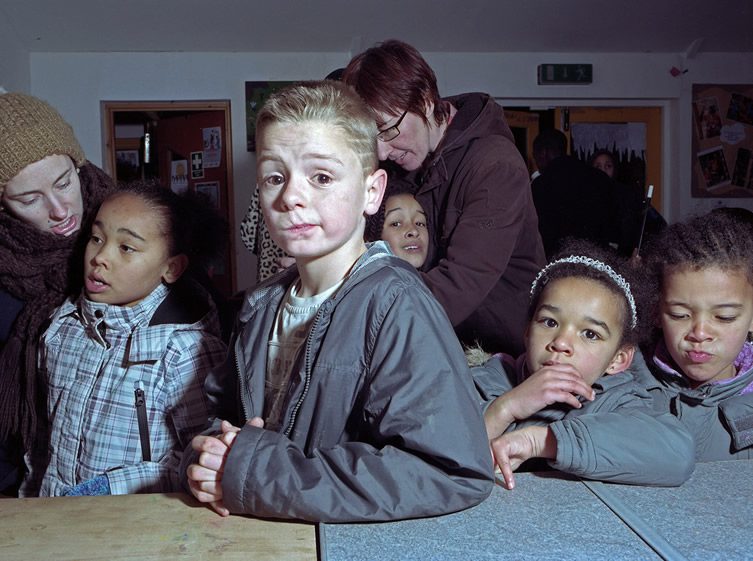
Somerford Grove Adventure Playground in Tottenham, 2011,
© Mark Neville, courtesy of the artist and Alan Cristea Gallery
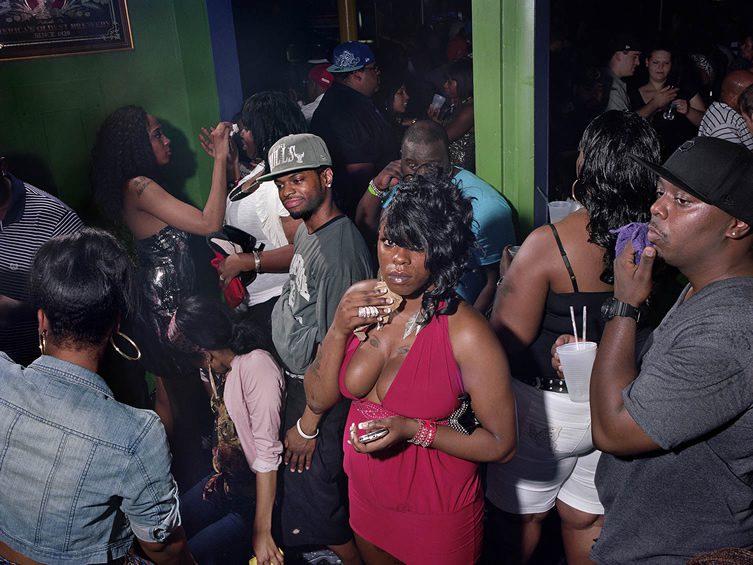
Rumshakers, 2012,
© Mark Neville, courtesy of the artist and Alan Cristea Gallery
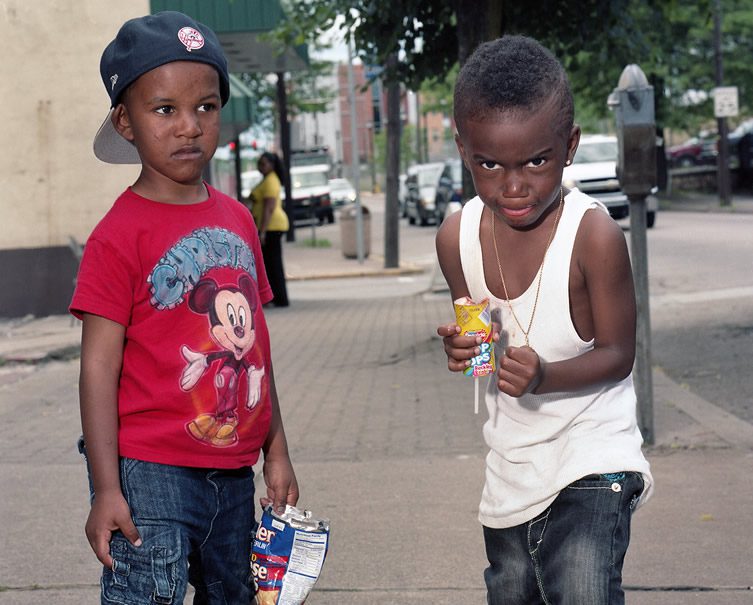
Braddock, 2012,
© Mark Neville, courtesy of the artist and Alan Cristea Gallery
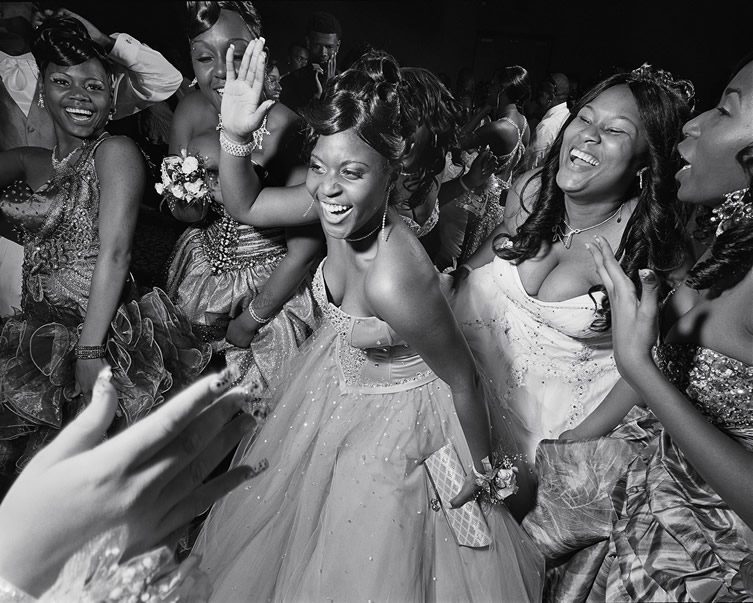
Woodland Hills High School Prom, 2, 2012,
© Mark Neville, courtesy of the artist and Alan Cristea Gallery
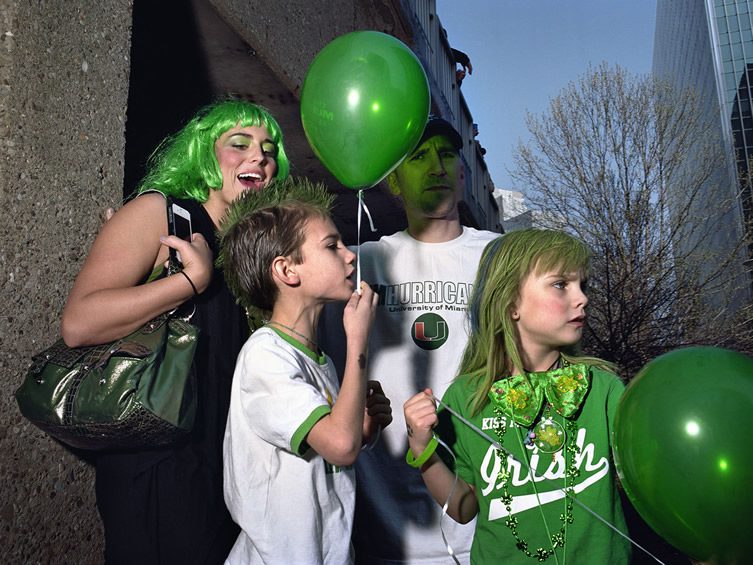
St.Patrick’s Day, 2012,
© Mark Neville, courtesy of the artist and Alan Cristea Gallery
Mark Neville is at the Alan Cristea Gallery from 20 November 2014 – 24 January 2015



